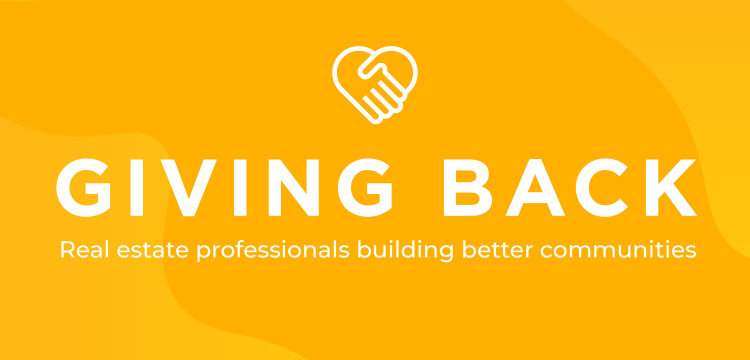The pandemic-driven trend of working from home is driving home buyers to suburban areas in search of larger residences, and it could just be the beginning, according to a new report from the real estate media company Homes.com.
Homes.com President David Mele discussed the report at the National Association of Real Estate Editors 54th Annual Real Estate Journalism Conference, noting that while the flight to the suburbs trend is real, it also is likely to continue well after a vaccine becomes widely available.
“This is really just getting started,” Mele said in the panel Suburban Migration and Coronavirus Changes. The trend could increase post-pandemic, he said, because many workers are still waiting to see if they will work from home permanently.
Homes.com’s study of more than 1,000 consumers and 600 real estate professionals shows that buyers are not only moving away from urban areas, but they’re also making more long-distance moves.
Mele said that the survey revealed that 70% of respondents said their pandemic relocation is permanent. One out of three respondents who relocated in the last 12 months did not plan to move prior to the pandemic. And one in four said the move “was sparked by a change in their job situation, presumably caused by the pandemic,” the report noted.
Forty-five percent of those who haven’t moved said they would if given the opportunity to work from home, and 20% said working remotely made their move possible.
Industry professionals were optimistic about 2021 as well, with a majority of industry experts (57%) anticipating continued robust homebuying activity. Another 28% of respondents said they expect more transactions next year.
“The surge in the work-from-home population has rewritten the playbook for many homebuying and rental decisions, from when and where to relocate, to what people are looking for in their next residence,” Mele said in a press release. “That, in turn, is prompting changes for real estate professionals, many of whom are expanding their market area to better serve clients who are moving farther than before. If working from home becomes standard operating procedure for many companies, as predicted, these changes will be with us for years to come.”
Other highlights from the survey include:
- 40% who moved or plan to are moving more than 100 miles away, and are moving over 500 miles.
- Approximately 30% are leaving cities for the suburbs.
- 15% are looking for less populated areas.
- 78% of real estate professionals said requests for home offices are the No. 1 change. Larger square foot was next at 57%, followed by outdoor recreational spaces at 45%, and upgraded kitchens at 44%.
- The buyer’s market has made made sellers less likely to accept a contingency (69%), show a house without a pre-approval letter (59%), negotiate on repairs (57%) or negotiate with buyers for a quick sale (40%).

